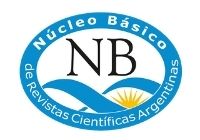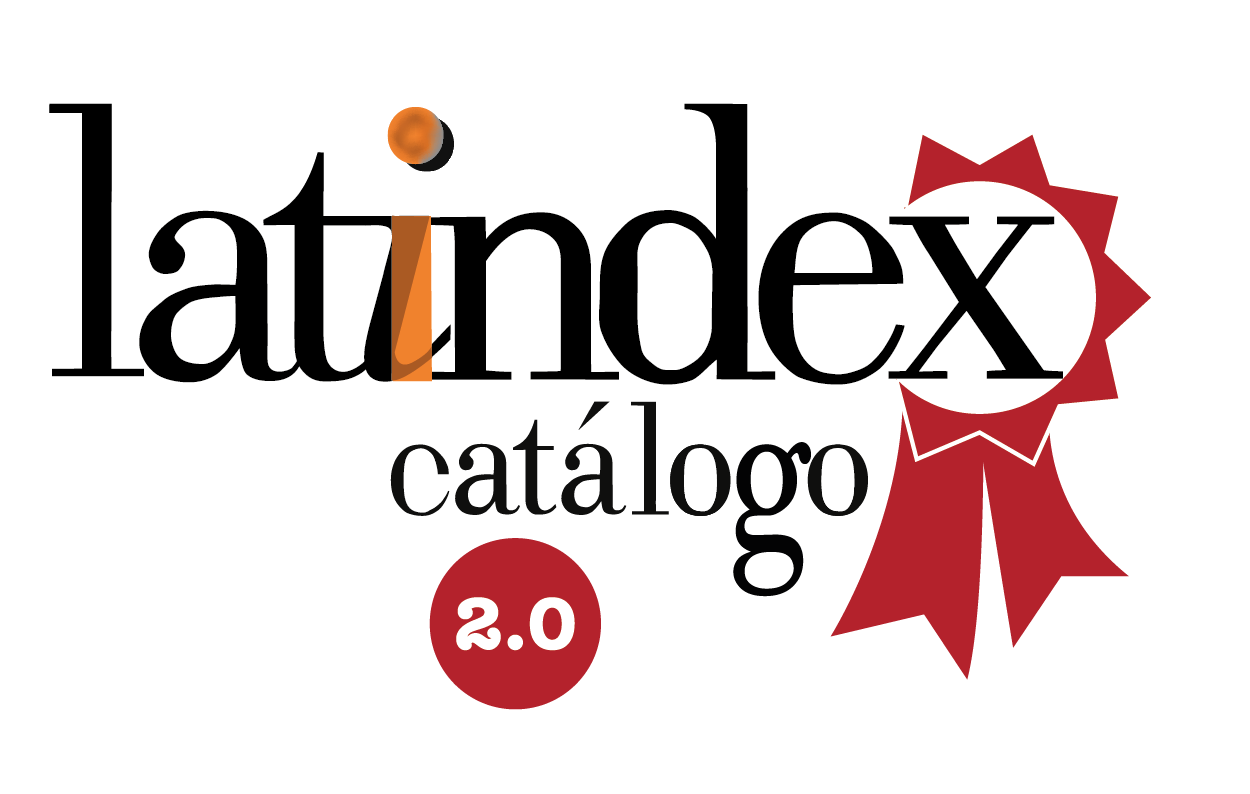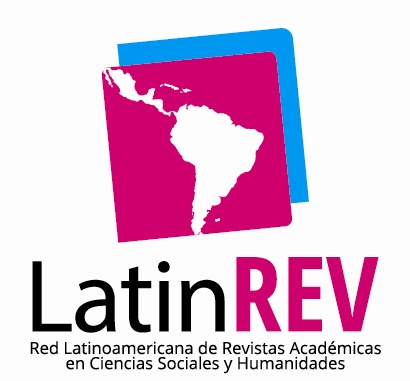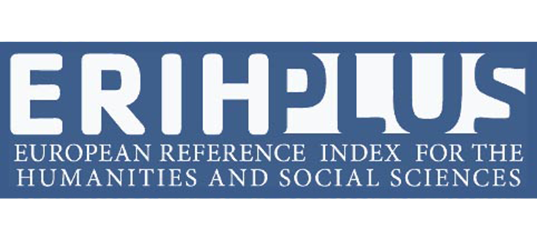Social exclusion in Tucumán: an intervention-oriented analysis
un análisis orientado a la intervención
DOI:
https://doi.org/10.35305/cp.vi20.327Keywords:
Poverty, Social exclusion, Public policiesAbstract
This article analyses the social exclusion in the province of Tucumán based on the results of a study carried out in 2015 in a neighbourhood of its main urban agglomerate. It describes the six features of advanced marginality proposed by Loic Wacquant (2007), pointing out similarities and differences with what the author observed in developed countries. The intention is to understand the characteristics that social exclusion assumes with the objective of influencing its production and reproduction more adequately. It also takes into account the processes of wealth concentration and the tension generated with the rest of society. Likewise, Bourdieu's (2011) concept of social reproduction strategies, used by the author to explain how the social order is reproduced, is taken up again and confronted with the dominant explanations of poverty, as well as with the concept of social vulnerability through which the poor population is usually conceived.
Downloads
References
Álvarez Leguizamón, Sonia (2005). “Los discursos minimistas sobre las necesidades básicas y los umbrales de ciudadanía como reproductores de pobreza” En S. Álvarez Leguizamón (Comp.) Trabajo y producción de la pobreza en Latinoamérica y el Caribe: estructuras, discursos y actores. Buenos Aires, Argentina, CLACSO.
Bourdieu, Pierre (2011). Las Estrategias de la Reproducción Social. Buenos Aires, Argentina, Siglo XXI Editores.
Czytajlo, Natalia Paola (2016). Mapas sociales: herramientas de política pública indicadores socio habitacionales para el aglomerado metropolitano de Tucumán. GEOSIG, 8(8), 1-26. Recuperado de: http://www.gesig-proeg.com.ar/
Estivill, Jordi (2003). Panorama de la Lucha contra la Pobreza y la Exclusión Social: Conceptos y Estrategias, Ginebra, Suiza, Oficina Internacional del Trabajo.
Grassi, Estela y Danani, Claudia (2009). “Con la mira en el trabajo” En E. Grassi y C. Danani (Eds.), El mundo del trabajo y los caminos de la vida. Buenos Aires, Argentina, Espacio Editorial.
Kaztman, Rubén (1999). Activos y Estructura de Oportunidades: Estudios sobre las raíces de la vulnerabilidad social en Uruguay. Montevideo, Uruguay, CEPAL.PNUD.
Molyneux, Maxine (2001). “Mobilisation without Emancipation? Women’s Interests, the State and Revolution in Nicaragua” en Women’s Movements in International Perspective. Institute of Latin American Studies Series. Palgrave Macmillan, London. Recuperado de: https://doi.org/10.1057/9780230286382_3
Oyen, Else (2005). “The Polyscopic Landscape of Poverty Research” En E. Oyen et al (Ed.), The Polyscopic Landscape of Poverty Research. Noruega, International Social Science Council, Comparative Research Programme on Poverty.
Saravi, Gonzalo (2007). “Nuevas realidades y nuevos enfoques: exclusión social en América Latina” En G. Saravi (Ed.) De la pobreza a la exclusión: continuidades y rupturas de la cuestión social en América, Buenos Aires, Argentina, Prometeo Libros.
Wacquant, Loic (2007). Los Condenados De La Ciudad. Buenos Aires, Argentina, Siglo XXI Editores.











